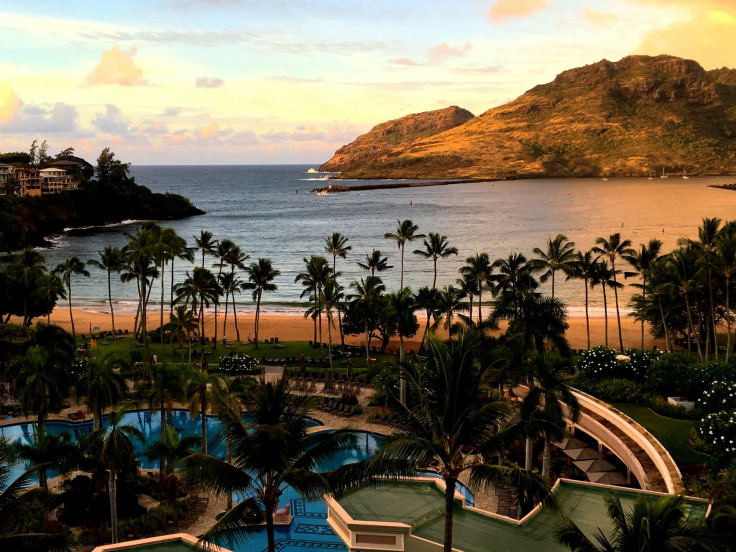Tourism In The Pandemic: 'Travel Bubbles' Might Save Your Summer Plans

KEY POINTS
- The U.S. tourism industry is set to lose billions in the pandemic
- “Travel bubbles” could save tourism and restart your summer plans
- The U.S. has not planned for “travel bubbles” but other countries already have it
Early in 2020, people were gearing up for a great vacation as summer was ushered in with promises of blue skies and white sandy beaches. Then the novel coronavirus hit the United States, forcing people to cancel travel plans and adversely affecting toursim.
The effects have been devastating. The U.S. tourism industry warns that travel and tourism could be hit with losses as large as $910 billion – seven times over the effects of the 9/11 attacks. So, how can the country's economy recover?
Your summer plans could still be on as coronavirus lockdowns are lifted and restrictions are eased – with safety first. Countries around the world are adopting so-called “travel bubbles” to save tourism industries and allow citizens to travel.

What are “travel bubbles”?
Right now, if you want to travel to another country, you’re likely to be hit with a mandatory quarantine that lasts 14 days. With “travel bubbles,” you might not have to.
“Travel bubbles” are travel arrangements between countries, states or local authorities allowing free travel to those areas if the traveler comes from a place with low rates of COVID-19 infection.
This means that if you come from an area that has successfully controlled the spread of the novel coronavirus infection, you can travel freely to another area that’s done the same thing without a mandatory quarantine.
Which countries are considering them?
A trio of countries in Europe – the Baltic states of Estonia, Latvia and Lithuania – opened their borders to each other to create a “Baltic bubble.” Businesses are already beginning to reopen with a glimpse of normalcy.
A “trans-Tasman bubble” has been proposed for Australia and New Zealand. Their citizens already freely work in both countries without visas and both have managed to control outbreaks of COVID-19.
Israel is considering a “travel bubble” with Greece and Cyprus. Its prime minister is already talking with other countries on how to open up to tourism.
China is identifying clean spots and safe zones in its provinces with Hong Kong, Taiwan, Macau and South Korea as possible “bubble” areas.
Will the U.S. have “travel bubbles”?
The United States hasn’t announced any plans to implement “travel bubbles” between states but businesses are starting to open again even as the death toll continues to rise.
Travel bubbles could offer a way for tourism businesses to gain back lost ground and for you to rub on sunblock for a day at the beach. However, the health requirements could be frustrating and cumbersome.
International travel may be a long way off but “travel bubbles” could be done between states and safely. Gloria Guevara, president of the World Travel and Tourism Council, told the Miami Herald that the U.S. should start planning for “travel bubbles” or “travel corridors” between localities.
“You could have, for instance, travel corridors between some U.S. cities and safe tourism destinations in Mexico and the Caribbean,” she said.
© Copyright IBTimes 2025. All rights reserved.





















